Swollen Knee Tendons: Causes, Symptoms, and Treatment
What causes a swollen knee? Discover the 12 potential causes of water on the knee, including injury, osteoarthritis, bursitis, and more. Get expert insights on symptoms, diagnosis, and effective treatments.
Causes of a Swollen Knee (Water on the Knee)
Knee swelling, often referred to as “water on the knee,” can result from a variety of underlying conditions. Some common causes include:
1. Knee Injury
Trauma to the knee’s bones, ligaments, tendons, bursae, meniscus, or articular cartilage can lead to pain and swelling. Serious injuries can cause blood to flood into the knee joint, resulting in significant swelling, warmth, stiffness, and bruising. This condition is called hemarthrosis and requires urgent medical attention.
2. Knee Osteoarthritis
Degeneration of the cartilage in the knee joint can cause an overproduction of joint fluid, leading to swelling. Knee swelling from osteoarthritis is typically accompanied by pain. Studies have shown that people with severe osteoarthritic knee pain are more likely to experience increased knee fluid volume, with an average of over 20 ml (4 teaspoons) in the affected knee.
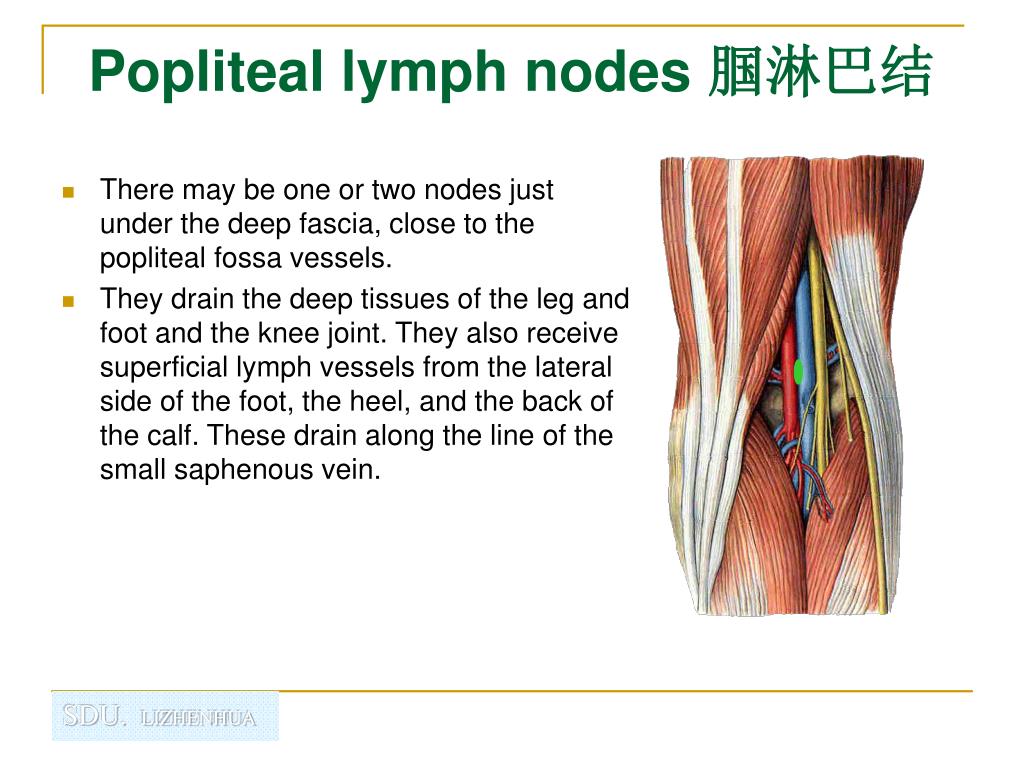
3. Knee Bursitis (Non-Septic and Septic)
Inflammation of the bursae, the fluid-filled sacs that cushion the knee, can cause swelling. The most common types of knee bursitis are prepatellar bursitis and pes anserine bursitis. While most cases of bursitis can be treated with at-home and non-urgent medical care, septic bursitis, which occurs when a bursa is infected, can be life-threatening and requires prompt medical attention.
4. Knee Infection (Septic Arthritis)
Bacteria or other microorganisms can infect the knee joint, leading to a condition called septic arthritis. This type of infection causes rapid and severe swelling, along with pain, redness, and warmth in the affected knee. Septic arthritis requires immediate medical treatment to prevent permanent joint damage.
5. Knee Ligament or Tendon Injury
Sprains or tears of the ligaments or tendons surrounding the knee can result in swelling. The most common knee ligament injuries are to the anterior cruciate ligament (ACL) and the medial collateral ligament (MCL). Tendinitis, or inflammation of the tendons, can also lead to knee swelling.

6. Gout and Other Arthritic Conditions
Certain forms of arthritis, such as gout, can cause sudden, severe knee swelling. Gout occurs when uric acid crystals accumulate in the knee joint, leading to intense pain and inflammation.
Other less common causes of knee swelling include:
- Knee joint cyst or tumor
- Knee joint bleeding (hemarthrosis)
- Connective tissue disorders
- Knee joint inflammation (synovitis)
- Knee joint instability
- Knee joint overuse or overload
Regardless of the underlying cause, it’s important to seek medical attention for a swollen knee, as prompt diagnosis and appropriate treatment can help prevent long-term complications and further joint damage.
Symptoms of a Swollen Knee
A swollen knee may exhibit the following symptoms:
- Visible swelling or fluid accumulation in the knee joint
- Difficulty bending or straightening the knee
- Pain, tenderness, or warmth in the affected knee
- Redness or discoloration around the knee
- Decreased range of motion or limited mobility
- Difficulty bearing weight on the affected leg
The severity and specific symptoms can vary depending on the underlying cause of the knee swelling.

Diagnosing the Cause of Knee Swelling
To determine the cause of knee swelling, a healthcare provider will typically perform a physical examination, ask about the patient’s medical history, and may order imaging tests such as X-rays, MRI, or joint aspiration (arthrocentesis) to examine the fluid in the knee joint.
Identifying the underlying cause is crucial for determining the appropriate treatment approach.
Treating a Swollen Knee
The treatment for a swollen knee will depend on the underlying cause. Some common treatment options include:
- Rest, ice, compression, and elevation (RICE) for mild injuries or overuse
- Over-the-counter anti-inflammatory medications to reduce inflammation and pain
- Physical therapy to improve range of motion and strengthen the knee joint
- Corticosteroid injections to reduce inflammation in cases of bursitis or osteoarthritis
- Antibiotics for treating septic arthritis or septic bursitis
- Surgery, such as arthroscopic procedures, to address structural issues or severe injuries
In some cases, the healthcare provider may also recommend using assistive devices, such as knee braces or crutches, to provide additional support and protection for the affected knee.

Proper treatment and management of a swollen knee are essential to prevent further joint damage and restore function. If the swelling persists or worsens, or if the knee becomes increasingly painful, it’s important to seek immediate medical attention.
What Causes a Swollen Knee (Water on the Knee)?
Doctors sometimes refer to knee swelling as “knee effusion.” Others may refer to it as “water on the knee.” Knee swelling can result from an injury, chronic overuse, or a disease.
Knee swelling from mild knee osteoarthritis, non-septic knee bursitis, or a minor injury can be treated at home with over-the-counter medication and the R.I.C.E. formula. Read How to Care for a Swollen Knee
Swelling in a knee joint may limit knee flexibility and function. For example, a person may find it difficult to fully bend or completely straighten a swollen knee, and the joint may naturally bend 15° to 25° while the leg is at rest.
1
Johnson MW. Acute knee effusions: a systematic approach to diagnosis. Am Fam Physician. 2000 Apr 15;61(8):2391-400. Review. PubMed PMID: 10794580.
The swollen knee may also be painful, red, and/or difficult to put weight on.
Depending on the underlying condition, a swollen knee may be treated at home using the R. I.C.E. formula (rest, ice, compression, and elevation) or may require medical treatment. A doctor can make an accurate diagnosis.
I.C.E. formula (rest, ice, compression, and elevation) or may require medical treatment. A doctor can make an accurate diagnosis.
12 Potential Causes of Knee Swelling
Whether water on the knee is mildly annoying or painfully debilitating, a person will want to identify the likely cause and treat the symptoms to help reduce the likelihood of future problems. Chronic or long-standing swelling may lead to joint tissue damage, cartilage degradation, and bone softening, therefore treatment is usually recommended.
This article describes 12 conditions that frequently cause knee swelling, also called water on the knee.
1. Injury to the knee
Trauma to the knee’s bones, ligaments, tendons, bursae, meniscus, or articular cartilage can cause pain and swelling. Serious injury can cause blood to flood into the knee joint, leading to significant swelling, warmth, stiffness, and bruising. This condition is called hemarthrosis and warrants urgent medical care.
advertisement
A patient should also seek medical attention if knee pain is severe, if the affected leg cannot bear weight, or if there is suspicion of a broken bone.
2. Knee osteoarthritis
Degeneration of the cartilage of the knee joint can result in an overproduction of joint fluid, causing the knee to swell. A swollen knee due to knee osteoarthritis is typically accompanied by pain.
In fact, evidence suggests people who have severe knee pain from osteoarthritis are more likely to experience knee swelling. One study
2
Kraus VB, Stabler TV, Kong SY, Varju G, McDaniel G. Measurement of synovial fluid volume using urea. Osteoarthritis Cartilage. 2007;15(10):1217-1220. doi:10.1016/j.joca.2007.03.017
found that:
- People who reported mild to moderate osteoarthritic knee pain had an average of 7.0 ml of joint fluid in the affected knee—which is about the same as a healthy knee.
3
Heilmann HH, Lindenhayn K, Walther HU. Das Synovia-Volumen gesunder und arthrotischer menschlicher Kniegelenke [Synovial volume of healthy and arthrotic human knee joints]. Z Orthop Ihre Grenzgeb. 1996;134(2):144-148. doi:10.1055/s-2008-1039786
Das Synovia-Volumen gesunder und arthrotischer menschlicher Kniegelenke [Synovial volume of healthy and arthrotic human knee joints]. Z Orthop Ihre Grenzgeb. 1996;134(2):144-148. doi:10.1055/s-2008-1039786 - People who reported severe osteoarthritic knee pain had an average of more than 20 ml (about 4 teaspoons) of fluid in the affected knee.
Overuse and degeneration of the cartilage in the knee joint may cause water on the knee.
Read Knee Osteoarthritis Symptoms
Knee swelling caused by osteoarthritis is typically mild to moderate. When swelling is severe, another problem may be the cause.
There are numerous home treatments for knee osteoarthritis. A doctor can also prescribe medical treatments, such as physical therapy, and perform therapeutic injections.
See Knee Osteoarthritis Treatment
In This Article:
What Causes a Swollen Knee (Water on the Knee)?
More Causes of a Swollen Knee (Water on the Knee)
3. Bursitis (non-septic or septic)
Bursitis (non-septic or septic)
Throughout the body are tiny, thin, fluid-filled sacs called bursae. These slippery cushions reduce friction between bone and surrounding soft tissue, such as skin and muscle. The knee has 11 bursae, and 2 of them are especially susceptible to bursitis.
When a bursa becomes inflamed it is called bursitis. An inflamed knee bursa can fill with excess fluid, causing swelling, or water on the knee. The swollen knee may feel “squishy,” like a water balloon. It may or may not be tender and painful. The most common types of knee bursitis are prepatellar bursitis and pes anserine bursitis.
While most cases of bursitis can be treated with at-home and non-urgent medical care, septic bursitis can be life-threatening. This condition occurs when a bursa has been infected with a microorganism. The bursa can become inflamed and fill with pus. The swollen knee may appear red and feel hot, and the person may have a fever and/or feel unwell.
When a knee bursa is filled with pus, the knee may appear swollen and red, and may feel warm and painful.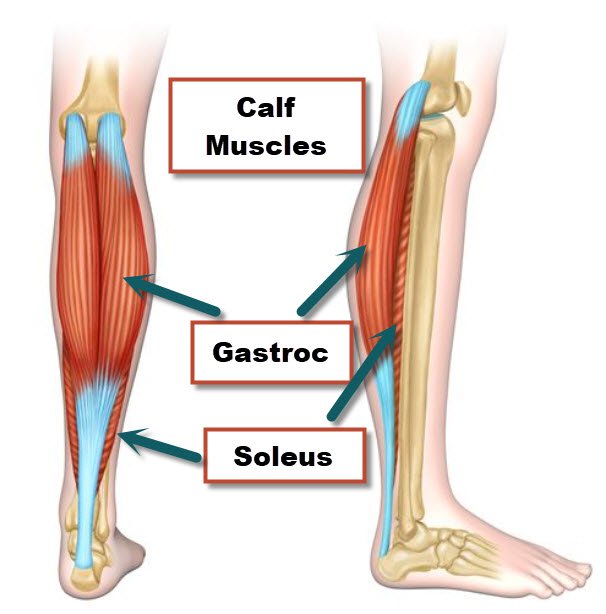 Read Septic Bursitis
Read Septic Bursitis
People should seek medical attention immediately if they think their symptoms may be caused by septic bursitis.
See Septic Bursitis Treatment
4. Gout
A painful accumulation of microscopic uric acid crystals in the joint defines a gout attack. This swelling often occurs at night, while lying in bed. It typically occurs rapidly and is accompanied by sudden, excruciating pain, redness, and warmth.
While gout is most likely to affect the big toe, it also commonly affects the knee as well as the heel, ankle, and foot instep.
4
Sidari A, Hill E. Diagnosis and Treatment of Gout and Pseudogout for Everyday Practice. Prim Care. 2018;45(2):213-236. doi:10.1016/j.pop.2018.02.004
Gout typically affects just one joint at a time. First-time gout attacks typically occur in men in their 30s, 40s, and 50s.
While an episode of gout usually resolves on its own, medication and medical treatment can help relieve the pain and other symptoms. Many people can lower their chances of future gout attacks—and the joint damage they can cause—by making dietary changes. Oral medications may also be prescribed.
Many people can lower their chances of future gout attacks—and the joint damage they can cause—by making dietary changes. Oral medications may also be prescribed.
See Gout Treatment
5. Pseudogout
Less common but similar to gout, pseudogout is also caused by an accumulation of microscopic crystals in a joint. Calcium pyrophosphate crystals can accumulate in a knee joint and cause sudden, severe pain, and swelling. The skin over the affected joint may appear discolored.
Pseudogout occurs most frequently in the knee and can also affect the shoulder, elbow, ankle, wrist, large knuckles, hip, or spine. It may affect more than one joint at a time and may be mistaken for rheumatoid arthritis or osteoarthritis.
5
Ivory D, Velázquez CR. The forgotten crystal arthritis: calcium pyrophosphate deposition. Mo Med. 2012;109(1):64-68.
Doctors often refer to pseudogout as calcium pyrophosphate deposition (CPPD) or acute calcium pyrophosphate crystal arthritis (acute CPP crystal arthritis).
Old age is the most significant risk factor for pseudogout. An episode of pseudogout usually goes away in a couple of weeks.
5
Ivory D, Velázquez CR. The forgotten crystal arthritis: calcium pyrophosphate deposition. Mo Med. 2012;109(1):64-68.
Medication and medical treatment can help relieve the pain.
See Pseudogout Treatment
advertisement
6. Rheumatoid arthritis
An autoimmune disease that affects the delicate lining of the joints, rheumatoid arthritis can cause knee swelling, stiffness, pain, tenderness, and redness. The knee may feel “spongy” when pressed.
Watch Rheumatoid Arthritis Videos
Although the knees can exhibit symptoms, the hands, wrists, and feet are more often affected by rheumatoid arthritis. RA tends to affect joints symmetrically, so if the right knee is affected the left knee may also be affected.
In addition to joint pain and swelling, rheumatoid arthritis can cause other symptoms, such as fatigue, low-grade fever, and a general feeling of being unwell. Prompt diagnosis and treatment of rheumatoid arthritis can help minimize long-term joint damage.
Prompt diagnosis and treatment of rheumatoid arthritis can help minimize long-term joint damage.
See Rheumatoid Arthritis (RA) Symptoms
Read on to learn more causes of a swollen knee.
Dr. J. Dean Cole is a board-certified orthopedic surgeon with more than 30 years of experience treating musculoskeletal issues, including traumatic injuries. He has designed several surgical instruments and implants for minimally invasive orthopedic surgeries and is widely respected for his approach to complex procedures such as deformity correction, bone infection treatment, calcaneal fractures, and nonunions and malunions.
- Share on Facebook
- Share on Pinterest
- Share on Twitter
- Subscribe to our newsletter
Email this article
advertisement
Editor’s Top Picks
Knee (Prepatellar) Bursitis
All About Gout – Symptoms, Diagnosis, Treatment
6 Types of Arthritis that Affect the Knee
All About Pseudogout – Symptoms, Diagnosis, Treatment
Knee Osteoarthritis Video
Swollen knee | Sparrow
Overview
A swollen knee occurs when excess fluid collects in or around your knee joint.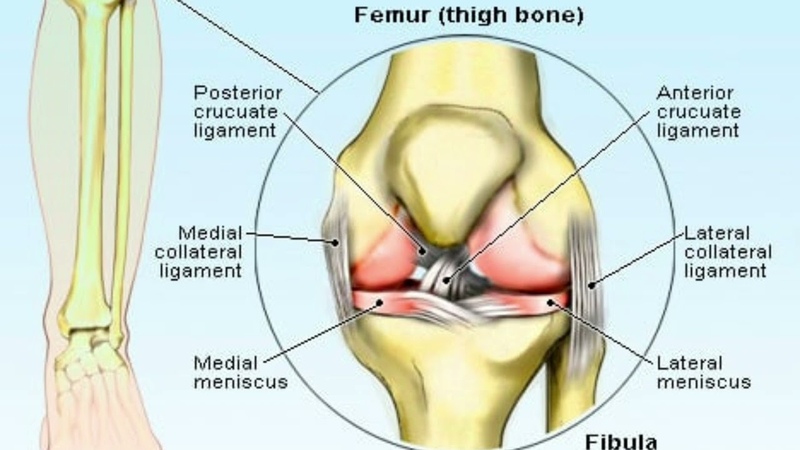 Health care providers might refer to this condition as an effusion (uh-FU-zhun) in your knee joint.
Health care providers might refer to this condition as an effusion (uh-FU-zhun) in your knee joint.
A swollen knee may be the result of trauma, overuse injuries, or an underlying disease or condition. To find the cause of the swelling, your provider might need to test a sample of the fluid for infection, disease or blood from an injury.
Removing some of the fluid may help reduce the pain and stiffness associated with the swelling. Once the underlying cause is known, treatment can begin.
Symptoms
Signs and symptoms typically include:
- Swelling. The skin around your kneecap can puff up noticeably, especially when you compare the affected knee to your other one.
- Stiffness. When your knee joint contains excess fluid, you might not be able to bend or straighten your leg completely.
- Pain. Depending on the cause of the fluid buildup, your knee might be very painful — to the point that it’s impossible to bear weight on it.

When to see a doctor
See your health care provider if self-care measures, such as ice and rest, don’t improve symptoms. Seek immediate medical attention if one knee becomes red and feels warm to the touch compared with your other knee. This can be a sign of infection within the joint.
Causes
Many types of problems, ranging from traumatic injuries to diseases and other conditions, can cause a swollen knee.
Injuries
Damage to any part of your knee can cause excess joint fluid to accumulate. Injuries that can cause fluid buildup in and around the knee joint include:
- Torn ligament, particularly the anterior cruciate ligament (ACL)
- Cartilage (meniscus) tear
- Irritation from overuse
- Broken bones
Diseases and conditions
Underlying diseases and conditions that can produce fluid buildup in and around the knee joint include:
- Osteoarthritis
- Rheumatoid arthritis
- Infection
- Gout
- Pseudogout
- Bursitis
- Cysts
- Tumors
ACL connects the thighbone (femur) to the shinbone (tibia). It’s most commonly torn during sports that involve sudden stops and changes in direction — such as basketball, soccer, tennis and volleyball.” />
It’s most commonly torn during sports that involve sudden stops and changes in direction — such as basketball, soccer, tennis and volleyball.” />
Risk factors
Factors that may increase your risk of a swollen knee include:
- Age. Your likelihood of developing a swollen knee related to arthritis increases as you age.
- Sports. People who participate in sports that involve twisting the knee, such as basketball, are more likely to experience the types of knee injuries that cause swelling.
- Obesity. Excess weight puts added stress on the knee joint, contributing to the tissue and joint overload and knee degeneration that can lead to a swollen knee.
Complications
Complications of a swollen knee can include:
- Muscle loss. Fluid in the knee can harm the working of your muscles and cause thigh muscles to weaken and atrophy.
- Fluid-filled sac (Baker cyst).
 The buildup of fluid in your knee can lead to the formation of a Baker cyst in the back of your knee. A swollen Baker cyst can be painful, but usually improves with icing and compression. If the swelling is severe, you might need to have fluid removed with a needle.
The buildup of fluid in your knee can lead to the formation of a Baker cyst in the back of your knee. A swollen Baker cyst can be painful, but usually improves with icing and compression. If the swelling is severe, you might need to have fluid removed with a needle.
Prevention
A swollen knee is typically the result of an injury or chronic health condition. To manage your overall health and prevent injuries:
- Strengthen the muscles around your knee. Strong muscles around a joint can help ease pressure on the joint itself.
- Choose low-impact exercise. Certain activities, such as water aerobics and swimming, don’t place continuous weight-bearing stress on your knee joints.
- Maintain a healthy weight. Excess weight contributes to the wear-and-tear damage that can lead to a swollen knee.
Diagnosis
Your health care provider is likely to start with a detailed history and physical examination.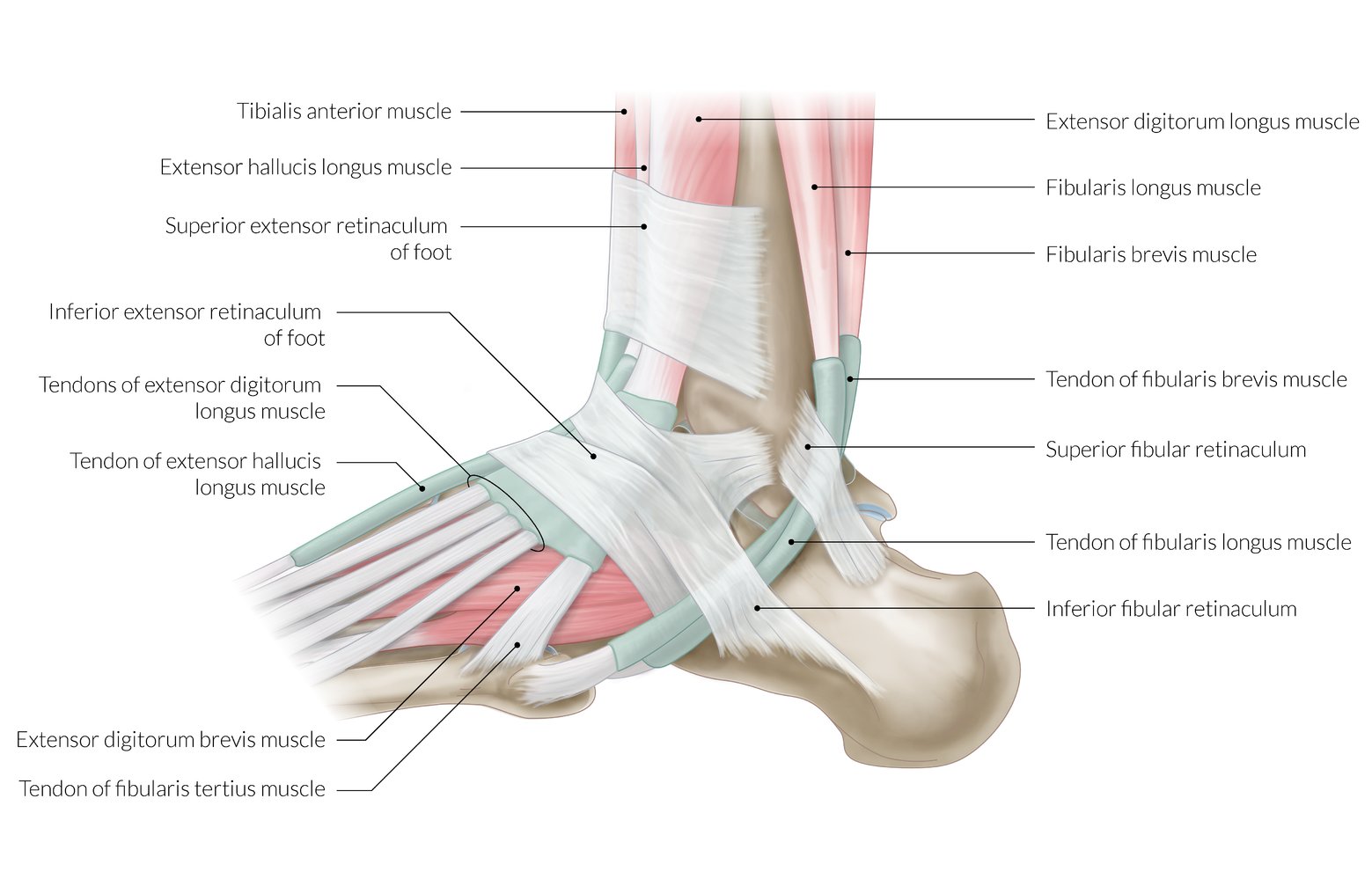 After that you likely will need tests to find out what’s causing your swollen knee.
After that you likely will need tests to find out what’s causing your swollen knee.
Imaging tests
Imaging tests can help show where the problem is located. Options include:
- X-ray. An X-ray can rule out broken or dislocated bones and determine if you have arthritis.
- Ultrasound. This test uses sound waves to check for disorders affecting the tendons or ligaments.
- MRI. Using radio waves and a strong magnetic field, MRI can detect tendon, ligament and other soft tissue injuries that aren’t visible on X-rays.
Joint aspiration (arthrocentesis)
A needle is used to remove fluid from inside your knee. This fluid is then checked for the presence of:
- Blood, which may stem from injuries or bleeding disorders
- Bacteria that may be causing an infection
- Crystals common to gout or pseudogout
Treatment
Treatment varies depending on the cause of the swollen knee, its severity and your medical history.
Therapy
Physical therapy exercises can improve your knee’s function and strength. In some situations, a knee brace may be helpful.
Surgical and other procedures
Treating the underlying cause of a swollen knee might require:
- Arthrocentesis. Removing fluid from the knee can help relieve pressure on the joint. After removing some of the joint fluid, your doctor might inject a corticosteroid into the joint to treat inflammation.
- Arthroscopy. A lighted tube (arthroscope) is inserted through a small incision into your knee joint. Tools attached to the arthroscope can remove loose tissue or repair damage in your knee.
Lifestyle and home remedies
Taking care of yourself when you have a swollen knee includes:
- Rest. Avoid weight-bearing activities as much as possible.
- Ice and elevation. To control pain and swelling, apply ice to your knee for 15 to 20 minutes every 2 to 4 hours.
 When you ice your knee, be sure to raise your knee higher than the level of your heart. Place pillows under your knee for comfort.
When you ice your knee, be sure to raise your knee higher than the level of your heart. Place pillows under your knee for comfort. - Compression. Wrapping your knee with an elastic bandage can help control the swelling.
- Pain relievers. Over-the-counter medicines such as acetaminophen (Tylenol, others) or ibuprofen (Advil, Motrin IB, others) can help reduce your knee pain.
Preparing for an appointment
You may be referred to a health care provider who specializes in musculoskeletal and joint problems.
What you can do
- Write down your symptoms, and when they began.
- Write down your key medical information, including other conditions.
- Write down key personal information, including any major changes or stressors in your life.
- Make a list of all your medications, vitamins or supplements.
- Find out if anyone in your family has had an autoimmune disease.

- Ask a relative or friend to accompany you, to help you remember what the health care provider says.
- Write down questions to ask the provider.
Questions to ask your doctor
- What’s the most likely cause of my symptoms?
- What kinds of tests do I need?
- What treatments are available?
- I have other health conditions. How can I best manage them together?
What to expect from your doctor
Your health care provider is likely to ask you a number of questions. Being ready to answer them may leave time to go over points you want to discuss in depth. You may be asked:
- Have you injured your knee recently? If so, describe the injury in detail.
- Does your knee “lock” or feel unstable?
- Has your knee felt warm or looked red? Do you have a fever?
- Do you play recreational sports? If so, what sports?
- Do you have any type of arthritis?
- Do you have a family history of autoimmune disease?
90,000 9 main reasons and what to do with this – koleno.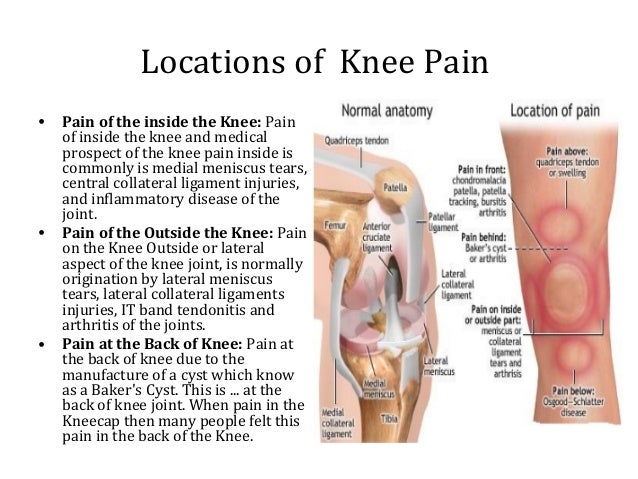 com.ua
com.ua
Vladimir Novikov .11.28.2019 06/13/2023
Many of us have repeatedly faced a situation when, after a busy training or an active day, the knee swollen . With what it can be connected and what to do in such situations, we will consider further.
First of all, you need to find out why the knee is swollen. Depending on this, treatment is prescribed.
- Tendon inflammation. The main task of tendons is to attach muscles to bones. If they are inflamed, there is a sharp pain during movement and the surrounding soft tissues swell.
- Inflammation of the joint bag. Pain when bending the leg. Marked redness.
- Anterior or posterior knee ligament injury. A fairly common phenomenon in which, in addition to the fact that the knee swells, there is a feeling of instability in the leg. Sharp pain in the damaged area is sometimes so severe that it is impossible to step on the injured leg.
- Patella displacement.
 Most often occurs after a blow or fall. Increased pain occurs during straightening of the leg, and in some cases it is impossible to completely align the leg.
Most often occurs after a blow or fall. Increased pain occurs during straightening of the leg, and in some cases it is impossible to completely align the leg. - Knee injury. In addition to pain, it is accompanied by redness.
- Rheumatoid arthritis. A chronic condition in which the knee may swell intermittently or permanently. The most acute pain is usually in the morning.
- Osteoporosis. Pain often depends on weather conditions.
- Septic arthritis. In addition to pain and swelling, it may be accompanied by fever.
- Infection. Sometimes, when the epidermis is damaged, various kinds of infections can enter the wound. Some of them can cause swelling.
First aid
When your knee is swollen, you need to take care of first aid. Sometimes the pain is so severe that it is almost impossible to move. In order to get to a specialist, you need to cope with the pain. This will help:
- Painkillers.
 This is especially true if the pain is too strong to endure.
This is especially true if the pain is too strong to endure. - Cold. Ice helps the best. It should be applied to the swollen area for 15-20 minutes. But you must not overdo it, so as not to lead to hypothermia.
- Peace. In order not to aggravate the situation when the knee is swollen, it is better to give him maximum rest. If the pain is severe, walk less and, if possible, call a taxi or even an ambulance to get to a specialist as soon as possible.
If you managed to cope with pain and reduce swelling on your own, this is not a reason to cancel a visit to a specialist. It is important to understand the cause and take the right steps to address it. This requires consultation with a specialist. We provide free consultation. You can contact us by phone or viber.
Who is most at risk for knee problems
There are categories of people who are particularly at risk for such complications. What can contribute to this:
- Sedentary lifestyle.
 This is especially true for office workers who do not compensate for sedentary work with additional physical activity.
This is especially true for office workers who do not compensate for sedentary work with additional physical activity. - Overweight. The knee receives much more stress when a person is overweight. The joint is gradually deformed and destroyed.
- Anatomical features. Sometimes there is a specific structure of the leg, for example, the same flat feet or different leg lengths.
- Women over 40. Not only are women much more prone to torn ligaments and damage to the knee joint, but even after 40 years, cartilage tissues become thinner, which makes them even more fragile. This causes various diseases such as osteoporosis. This complication is especially common among lovers of high heels on a regular basis – this further increases the load on the legs and directly on the articular part.
To avoid complications, do not ignore the need to visit a doctor. To determine the diagnosis, he may prescribe you a CT scan, MRI, ultrasound or X-ray.
In some cases, a sample of intra-articular fluid is taken.
Let your life be active enough and without injuries! Take care of your health!
Bring back the joy of movement!
Kyiv City Clinical Hospital No. 7 Sports Injury and Orthopedics Clinic
City Center for Minimally Invasive Joint Surgery
phone
+38 (044) 209 0902
mobile
+38 (067) 360 1155
Write to
Fill out the form
Treatment of injuries and diseases of the knee, knee joint
Icon-facebook
Youtube Icon-instagram-1
Services
Information
We are open
Monday: 08:30 – 20 :00
Tuesday: 08:30 – 20:00
Wednesday: 08:30 – 20:00
Thursday: 08:30 – 20:00
Friday: 08:30 – 20:00
Saturday: 08:30 – 20:00
9 0002 Sunday: Closed
©2023, Clinic for Sports Traumatology and Orthopedics
What kind of bumps appear under the knees?
We decided that we should tell about the main pathology causing such complaints in more detail.![]()
Becker’s cyst – this term refers to the accumulation of inflammatory fluid (not pus) in the mucous bag located on the back of the leg, just below the popliteal fossa. In 50% of people, this bag is located between the tendons of the muscles (gastrocnemius and semimembranosus), it communicates with the knee joint through small holes and is a variant of the normal development of the joint.
In the event that a prolonged inflammatory process occurs in the knee joint, the fluid that forms as a result accumulates in this intertendon bag and acquires the name of this disease. Physically, a cyst is a swelling on the back of the knee. With inflammation, fluid accumulates in the knee, which can seep into this “bag”, thereby increasing it in size. Most often, the disease develops due to metabolic-dystrophic or inflammatory processes that occur in the knee joint. Becker’s cyst is caused by pathologies such as osteoarthritis, arthrosis, rheumatoid arthritis, but other options are possible. In addition, there are complex Baker’s cysts – fused (synechia), with partitions inside (septa), with small daughter brushes inside the main one.
In addition, there are complex Baker’s cysts – fused (synechia), with partitions inside (septa), with small daughter brushes inside the main one.
The main reasons for the development of Becker’s cyst:
Excessive exercise.
Pathological changes in the menisci.
Inflammatory processes in the knee joint.
Mechanical damage to the knee.
Problems with cartilage, their gradual destruction.
Regardless of what exactly caused the start of the pathological process, because of this, an increased production of synovial fluid will begin, which fills the tendon bag, which is why a cyst is formed. According to statistics, this disease occurs more often in the elderly, athletes, movers, but it can also occur in children.
A small cyst of the knee joint, as a rule, does not manifest itself, the disease proceeds without obvious signs. The skin over the neoplasm is not hyperemic, not hot, its structure has no changes. This indicates the absence of inflammation over the cyst. Visually – a small cystic formation protruding under the knee, there is no pain when probing. In the process of motor activity, minor pain may occur. In this case, the cyst is mobile and changeable, it can disappear without treatment.
Visually – a small cystic formation protruding under the knee, there is no pain when probing. In the process of motor activity, minor pain may occur. In this case, the cyst is mobile and changeable, it can disappear without treatment.
At the beginning of the development of Baker’s cyst, the patient begins to feel only some discomfort in the knee joint, but if it continues to increase, characteristic signs of the disease appear: ️
Painful sensations on palpation;
Constant aching pain in the knee joint; ️
With an increase in the cyst, pain spreads to the muscles of the lower leg, increases under the influence of loads, and can radiate to the thigh or lower leg.
️A feeling of fullness and discomfort from a foreign formation associated with its growth appears and grows. ️ During movement and loads, stiffness appears in the joint;
️Mobility of the knee joint is significantly reduced, numbness of the limb develops; ️
There is swelling of the entire organ of movement; ️
It becomes problematic to bend at the knee, difficult to climb stairs and squats, while pain increases; The onset of complete immobility of the knee joint is possible.
Diagnosis of Becker’s cyst
Examination by a specialist will reveal changes characteristic of this pathology.
X-ray examination, unfortunately, cannot reveal a cyst, therefore…
The main, most accessible method is ultrasound diagnostics of the joint and/or soft tissues of the joint. It allows you to specify the size and structure of the cyst.
The cyst can also be detected by MRI of the knee joints. ️
The course and treatment of the disease can be long. In this case, there is swelling of the knee and lower leg, redness under the knee and in the calf muscles, acute pain in the joint, and increased body temperature. The enlarging cyst puts pressure on the veins of the lower leg, in which congestion develops and the walls of the vessels become inflamed.
With very large cysts, thrombophlebitis, varicose veins and thrombosis can occur (the risk of complications of which we will present you with a separate article). Squeezing of the lymphatic vessels leads to swelling of the limb.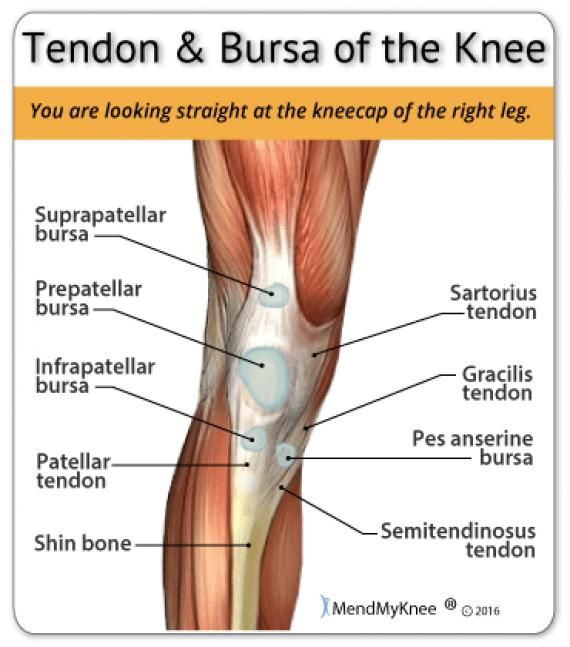 Pressure on the nerves causes leg numbness.
Pressure on the nerves causes leg numbness.
Metabolic processes can also be disturbed, which provoke the development of necrosis and trophic ulcers. Suppuration of the cyst can cause inflammation of the joint – arthritis.
The disease begins to be treated after the diagnosis is made, taking into account the general state of health of the patient, the presence of chronic diseases, age, lifestyle, profession. It is aimed primarily at eliminating the cause that caused the appearance of this pathology.
The patient is advised to rest and not put any pressure on the affected leg. Pain and swelling are reduced by applying cold to the knee periodically for up to two days. But this is a temporary effect. Fixing the organ of movement with an elastic or simple bandage helps to reduce swelling. The bandage should be tight, but not disrupt the blood supply, which can aggravate the disease. In this case, the leg should be in an elevated state, which helps to improve blood flow and reduce swelling.
If there is no need for inpatient treatment, the doctor may prescribe anti-inflammatory drugs with analgesic effect – non-steroidal drugs (ibuprofen, nimesulide, paracetamol or others). You can use NSAIDs and local, in the form of masks. But it must be remembered that the use of ointment is only an additional method of treatment. It is also important to use them correctly and observe dosages. An increase in temperature with a Baker’s cyst usually causes suppuration, its rupture, or exacerbation of the underlying disease. In this case, non-steroidal anti-inflammatory drugs are used and antibiotics can be connected to the treatment. Etiotropic treatment is also determined and prescribed, which is aimed at suppressing the causes that caused the pathological process.
If the formation of Baker’s cyst is associated with autoimmune connective tissue diseases – rheumatoid arthritis, lupus erythematosus, then corticosteroid hormonal drugs (Dexamethasone, Prednisolone, Hydrocortisone) are included in the treatment. Medicines stop the effect of the cells of the patient’s immune system on the cells of the connective tissue of the body.
Medicines stop the effect of the cells of the patient’s immune system on the cells of the connective tissue of the body.
In the presence of psoriatic arthritis, corticosteroids, antihistamines to relieve itching, and immunomodulatory drugs to improve the functioning of the immune system are prescribed. To reduce the amount of formation and accelerate the excretion of uric acid from the body, which causes inflammation and promotes the production of joint fluid, allopurinol, etc., is prescribed for gouty arthritis.
If it is diagnosed that the cyst is caused by osteoarthritis, the doctor may use the method of injecting corticosteroid drugs into the cavity of the cyst. At the same time, inflammation and swelling in the area of \u200b\u200bthe neoplasm is well removed. Often, specialists decide on the treatment of cysts by the method of drainage. With the help of a thick needle, they penetrate into its cavity, and the liquid contents are sucked out with a large syringe. After that, hormonal anti-inflammatory drugs are administered.

 Das Synovia-Volumen gesunder und arthrotischer menschlicher Kniegelenke [Synovial volume of healthy and arthrotic human knee joints]. Z Orthop Ihre Grenzgeb. 1996;134(2):144-148. doi:10.1055/s-2008-1039786
Das Synovia-Volumen gesunder und arthrotischer menschlicher Kniegelenke [Synovial volume of healthy and arthrotic human knee joints]. Z Orthop Ihre Grenzgeb. 1996;134(2):144-148. doi:10.1055/s-2008-1039786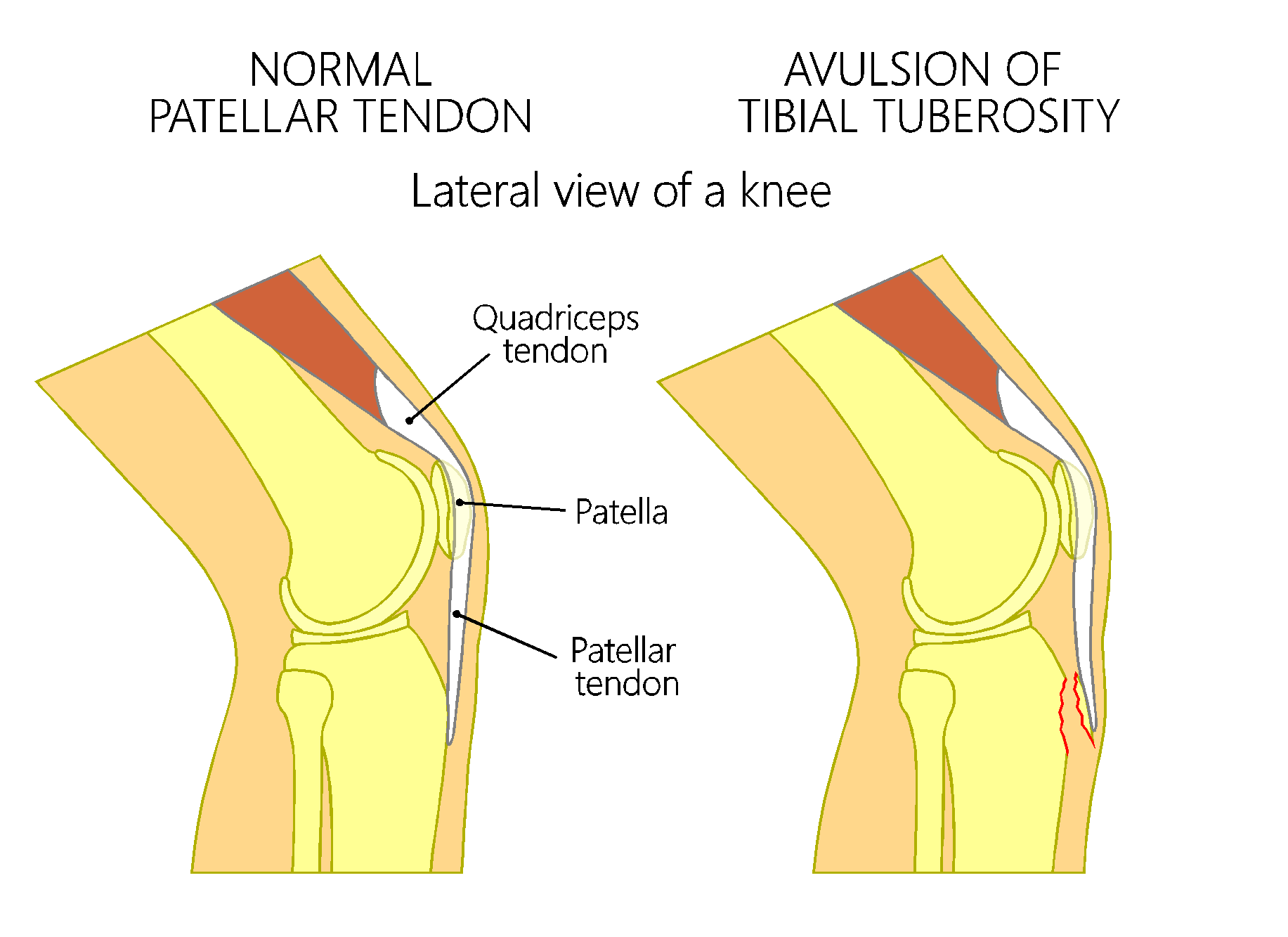
 The buildup of fluid in your knee can lead to the formation of a Baker cyst in the back of your knee. A swollen Baker cyst can be painful, but usually improves with icing and compression. If the swelling is severe, you might need to have fluid removed with a needle.
The buildup of fluid in your knee can lead to the formation of a Baker cyst in the back of your knee. A swollen Baker cyst can be painful, but usually improves with icing and compression. If the swelling is severe, you might need to have fluid removed with a needle. When you ice your knee, be sure to raise your knee higher than the level of your heart. Place pillows under your knee for comfort.
When you ice your knee, be sure to raise your knee higher than the level of your heart. Place pillows under your knee for comfort.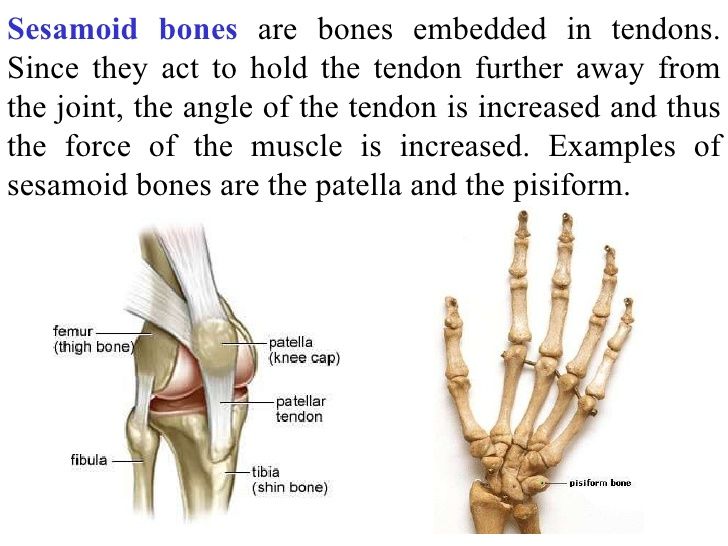
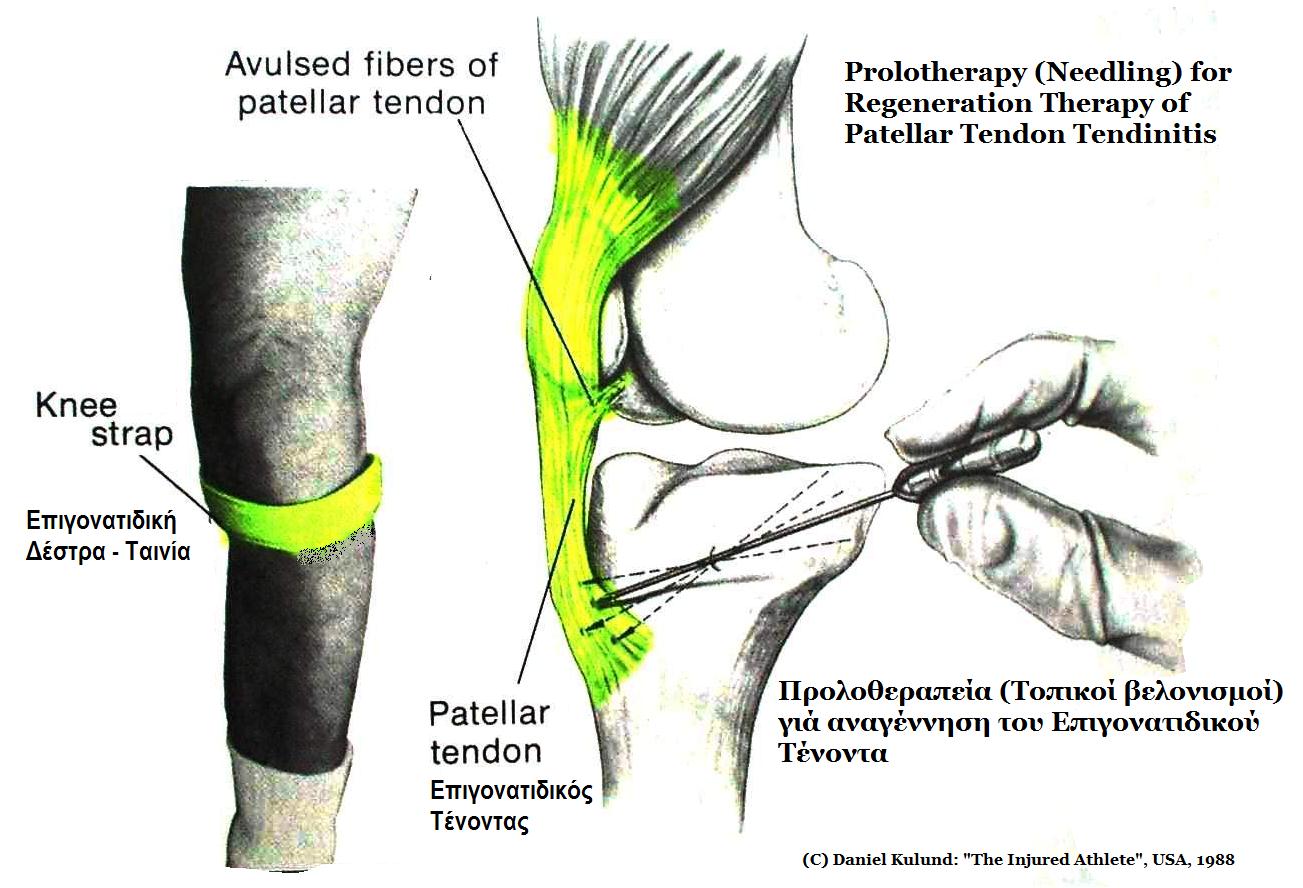 Most often occurs after a blow or fall. Increased pain occurs during straightening of the leg, and in some cases it is impossible to completely align the leg.
Most often occurs after a blow or fall. Increased pain occurs during straightening of the leg, and in some cases it is impossible to completely align the leg.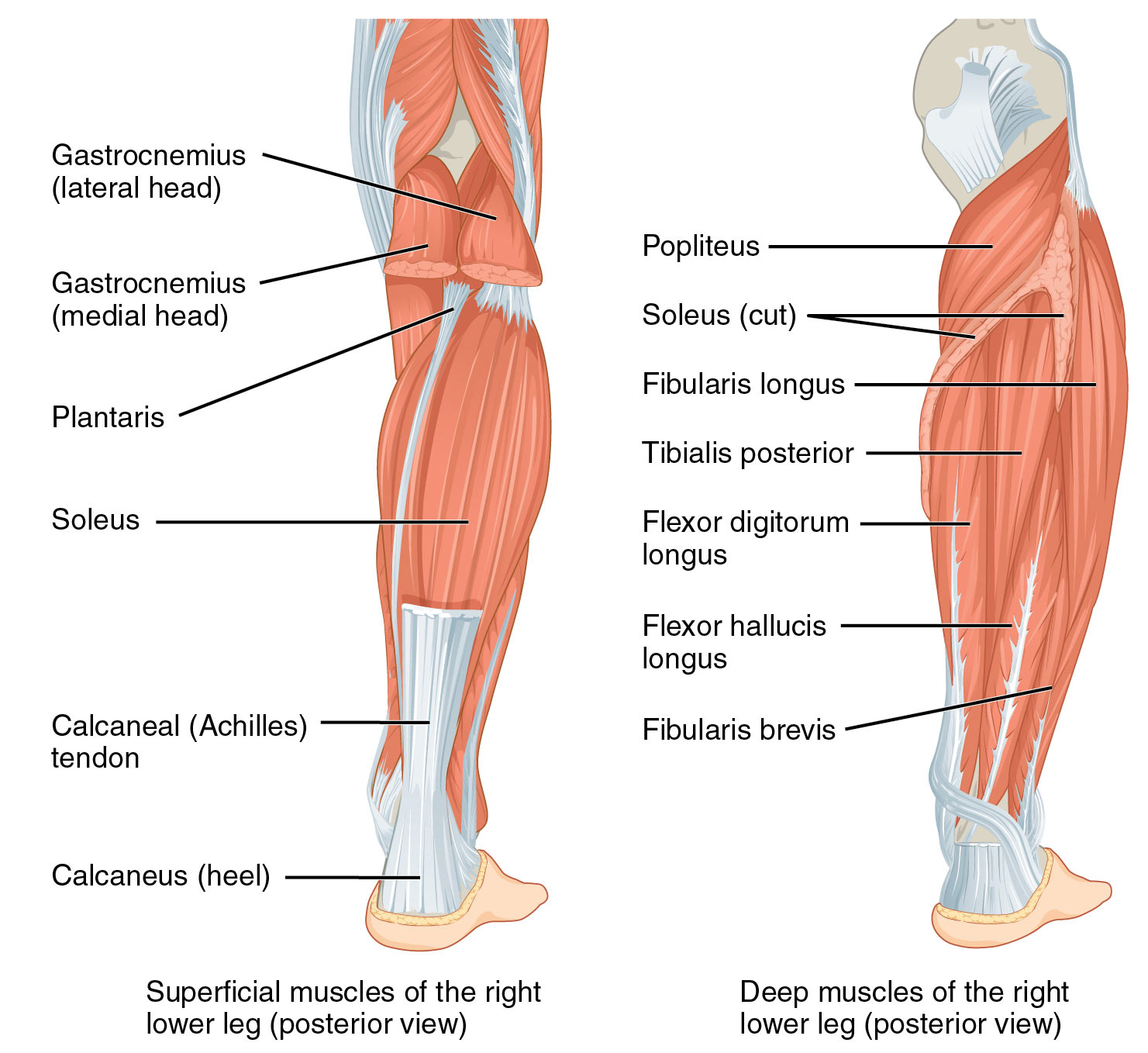 This is especially true if the pain is too strong to endure.
This is especially true if the pain is too strong to endure. This is especially true for office workers who do not compensate for sedentary work with additional physical activity.
This is especially true for office workers who do not compensate for sedentary work with additional physical activity.